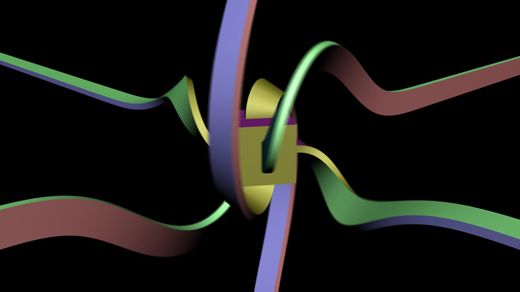Two new studies contradict each other. Under our current model, they can’t both be right.
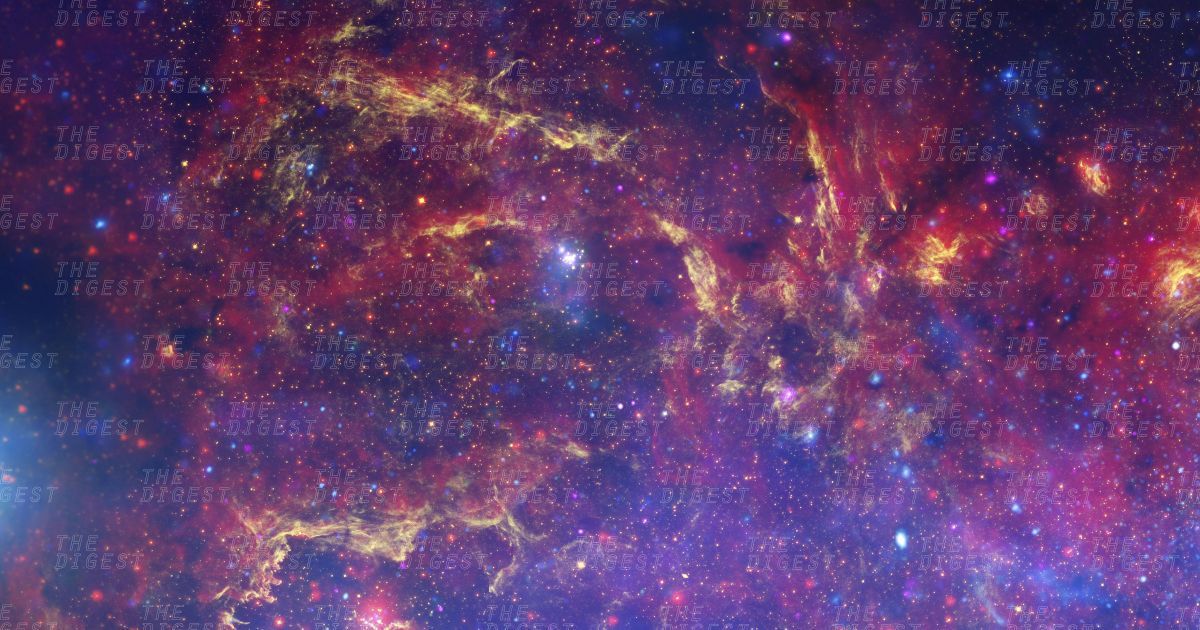


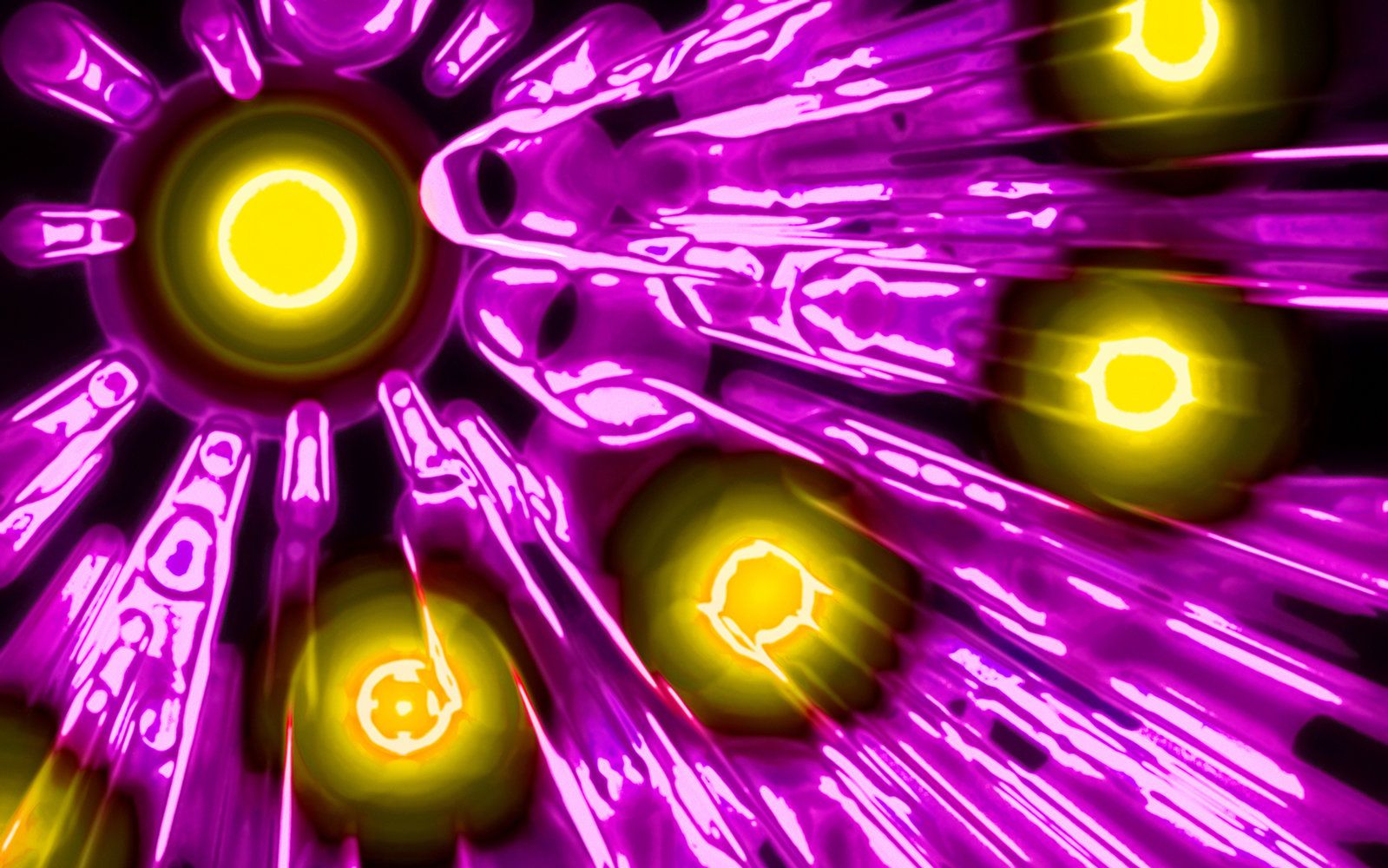

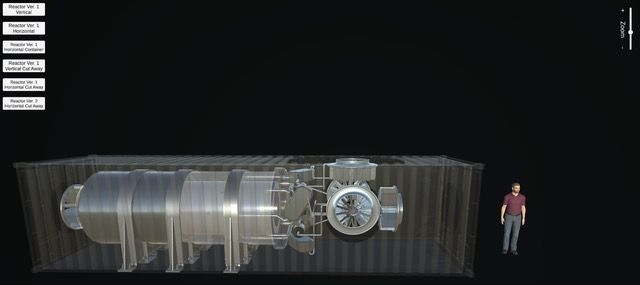
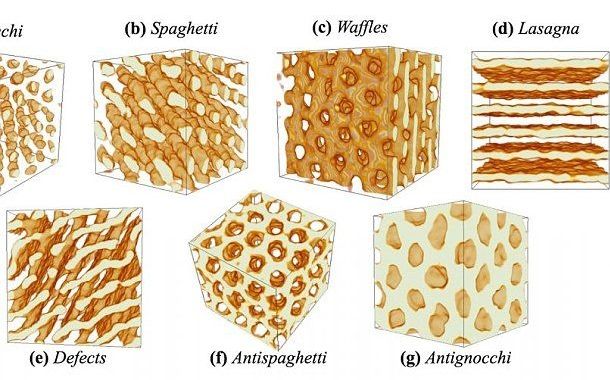
Researchers from Indiana University and the California Institute of Technology say the new simulations could help us better understand major astrophysical phenomena, such as gravitational waves.
‘The strength of the neutron star crust, especially the bottom of the crust, is relevant to a large number of astrophysics problems, but isn’t well understood,’ says Matthew Caplan, a postdoctoral research fellow at McGill University.
Neutron stars are the product of supernovas, and are extremely dense.
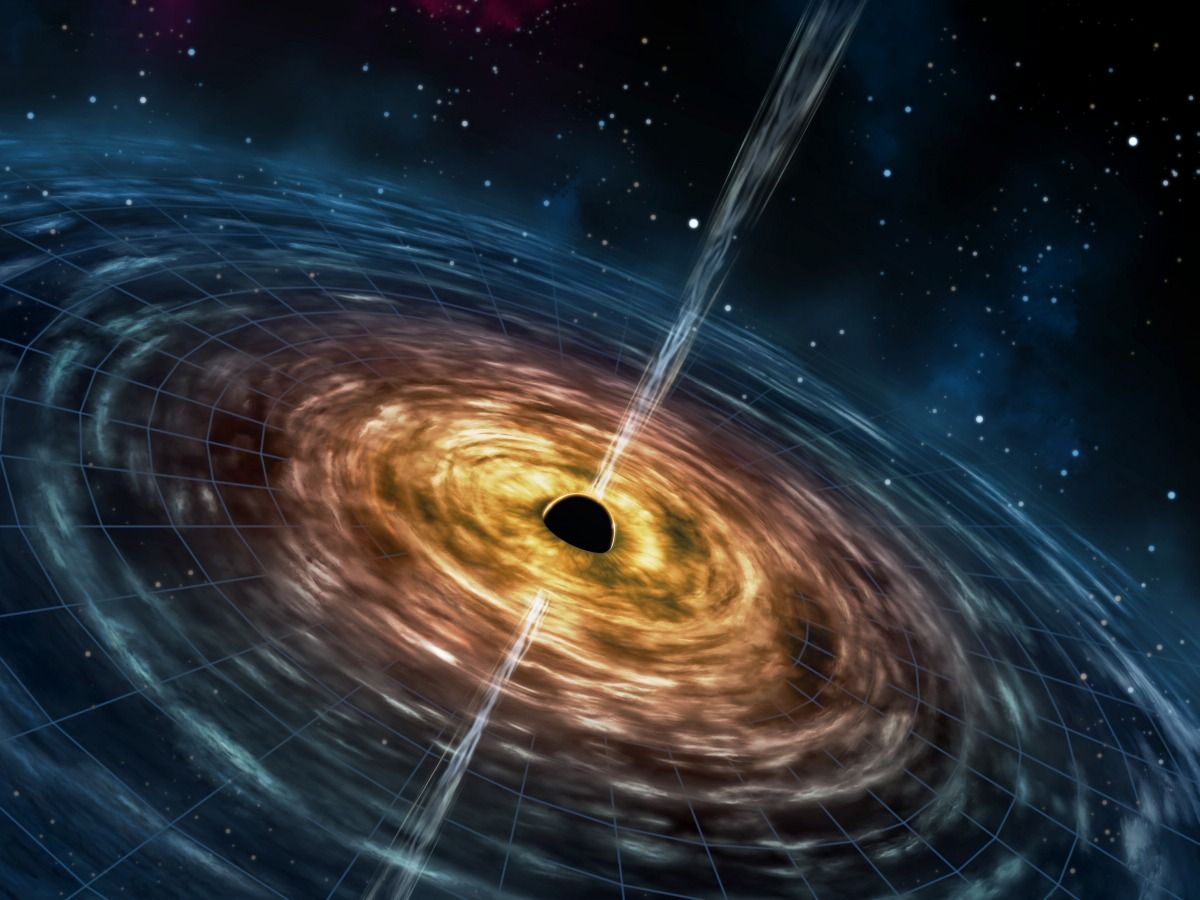
https://paper.li/e-1437691924#/
Recently, we might often have heard of the term “technological singularity” with the hypothesis that accelerating progress in technological inventions will cause a runaway effect that will make ordinary humans someday be overtaken by artificial intelligence.
The term seems to be appeared very contemporary to this technology era but in fact, thought about singularity has a long philosophical history.
In 1958, Stanish Ulam, a Polish American scientist in the fields of mathematics and nuclear physics, first used the term “singularity” in a conversation with John von Neumann, Hungarian-American mathematician, physicist, computer scientist, and polymath, about the technological progress.

The move means grantees from these 11 funders—which include the national funding agencies in the United Kingdom, the Netherlands, and France as well as Italy’s National Institute for Nuclear Physics—will have to forgo publishing in thousands of journals, including high-profile ones such as Nature, Science, Cell, and The Lancet, unless those journals change their business model. “We think this could create a tipping point,” says Marc Schiltz, president of Science Europe, the Brussels-based association of science organizations that helped coordinate the plan. “Really the idea was to make a big, decisive step—not to come up with another statement or an expression of intent.”
Bold move is intended to trigger open-access tipping point.

Jocelyn Bell Burnell was a PhD student at Cambridge University some five decades ago when she made an astronomical discovery while reviewing data from a radio telescope: faint, repeating pulses of radio waves.
These signals came to be known as pulsars, a type of neutron star described by Scientific American as “a city-sized collapsed core of a massive sun that is made of degenerate matter and throws off lighthouse-like beams of radio waves.” The discovery was a leap forward: It pointed to the existence of black holes, provided evidence for gravitational waves, and much more.
It also yielded a 1974 Nobel Prize—but not for Bell Burnell. Instead, the prize went to Antony Hewish, Bell Burnell’s PhD supervisor, the Guardian reports.
